I love when people implement novel ideas in headphones. In a market where so many headphones are different shades of the same general target, doing something weird, even if it ends up sounding bad, is at least usually compelling in some way. However, while novelty appeals to me, that doesn't necessarily lead to products that are easy to recommend—in fact, the opposite is often the case.
Design
There is a reason that the OAE-1 is designed this way, and Griffin on Headphones.com has covered not just the design and tuning, but a breakdown on how headphone soundstage works here: Grell OAE-1: Why You Shouldn't Care About Soundstage – Headphones.com
Griffin already covered the, “why,” which means I can keep this review short. This leaves me the space to talk about why the OAE-1’s goals make sense in the apparent context of the tuning.
What I can add to the discussion are the findings of my disassembly:
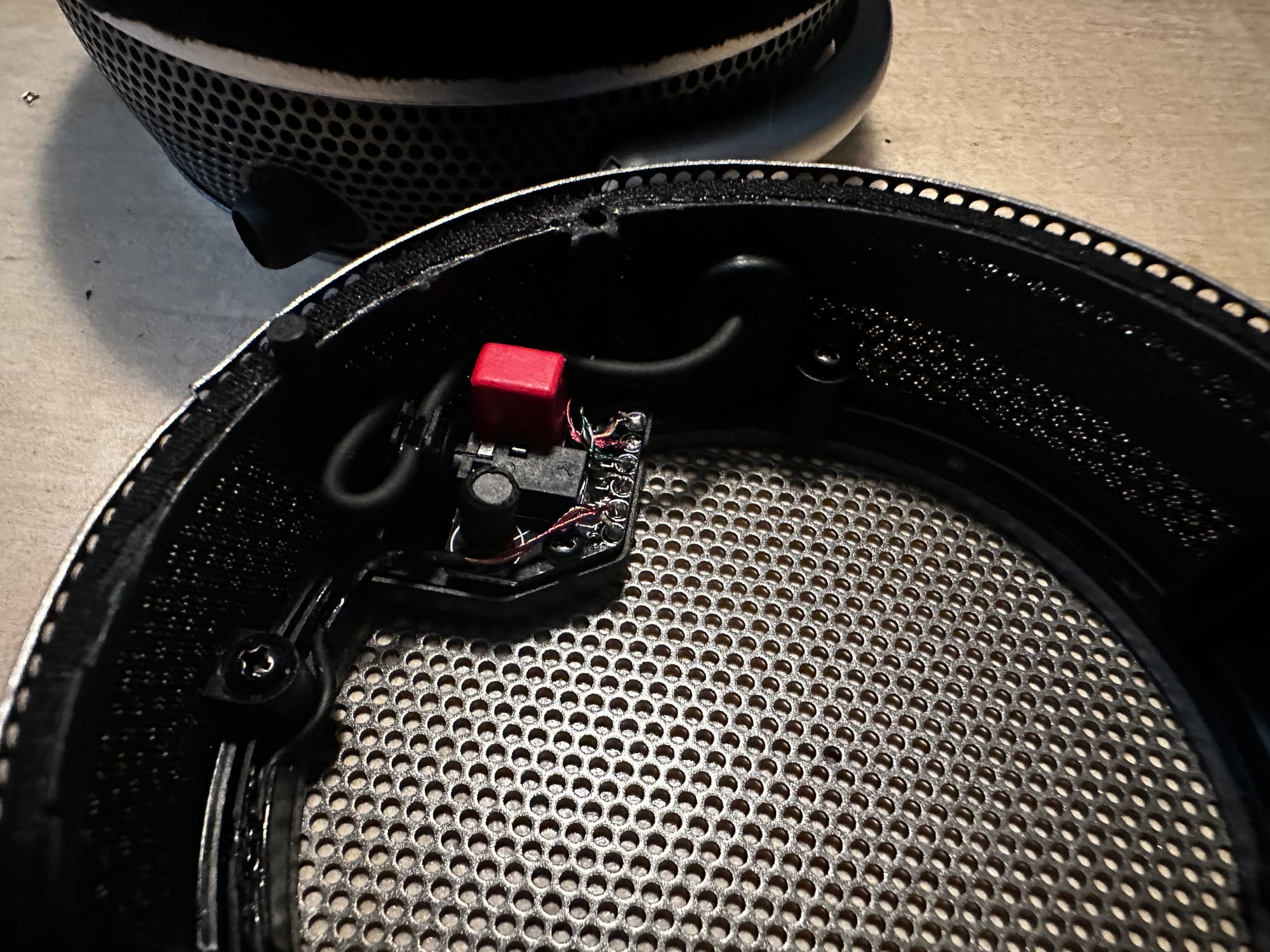

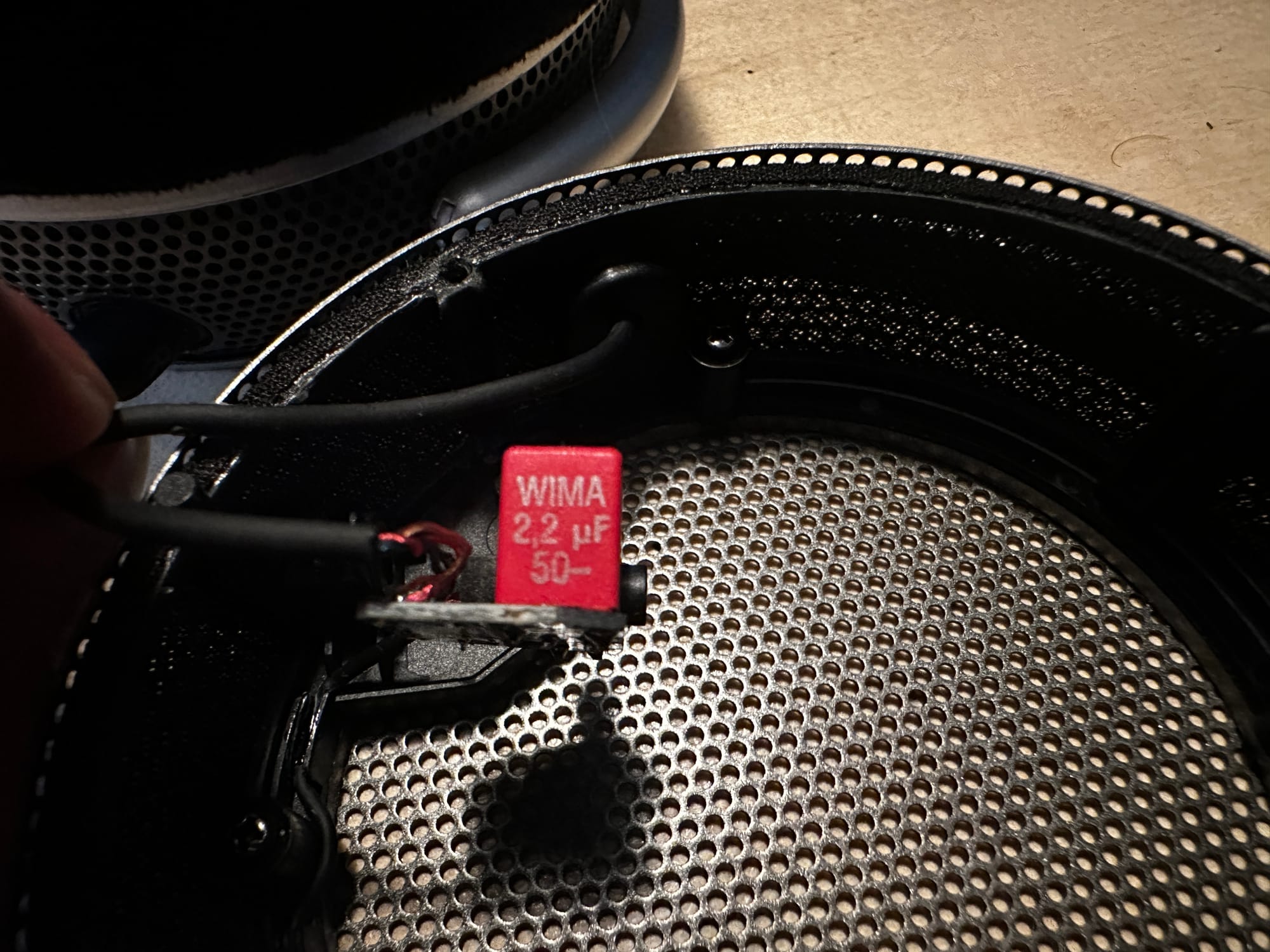
This is an LC circuit, or an circuit with an inductor and a capacitor, as shown. This is used in the OAE-1's case as a notch filter to tame its 5kHz peak.
Measurements
Measurements are coming before sound for this review to illustrate some important parts related to the OAE-1's design:
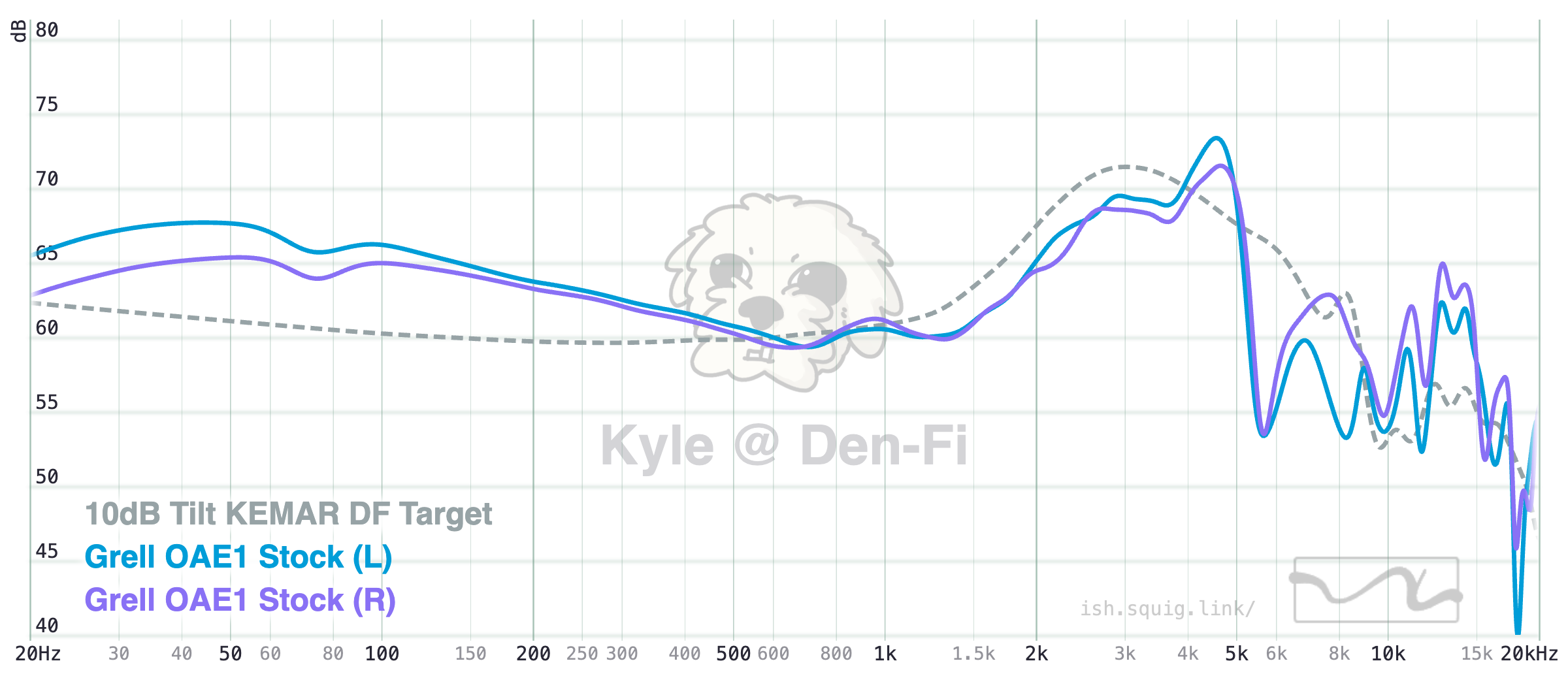
The first thing I want to point out is the peak between 4-5kHz, which the LC circuit was designed to mitigate. This happens to line up with the OAE-1's impedance bump:

This means that when using amps with higher impedance, the 5kHz range will be what is affected most:

The delta of amplitude at around 4.7kHz between minimal output impedance and 300ohm output impedance is around 4.7dB, so users that pair the OAE-1 with a high output impedance amplifier will likely notice that peak more than others.
Positioning also plays a fairly significant role in the OAE-1's FR:

Placing the drivers close to your ears will yield a much more upper midrange-forward sound, which will likely sound more engaging than most other positions.
Sound
I posted early impressions of the OAE-1 within the first couple days of ownership. Axel happened to see my thread on Reddit. Axel said the justification for this specific tuning was to simulate the feeling of being at an orchestral concert. This makes sense—orchestral concerts tend to have a visceral sensation of bass. However, I don’t know if the end result reminds me of any orchestral concert I’ve been to. There is so much bass that it’s hard to notice anything but that, and that’s made more noticeable with the treble dipped.
Associated Equipment
HQPlayer (sinc-mg filter) -> Afterdark Rosanna Diretta Network Bridge -> USB Fiber Isolator -> Accurate Audio DIP-B660 DDC -> Metrum Adagio/Bricasti MC1 -> Oliver Sayes Slagleformer Preamplifier -> Esoteric A100, Kenwood L-07M, Mass Kobo 475
Bass
The bass isn’t a mild boost that I’m overly critical about, the OAE-1 is one of the most bass elevated headphones I’ve measured. It measures with more upper bass than the Audeze Maxwell, AKG K371, Denon D2000, and every open headphone I’ve measured. It measures with as much sub bass as an Audio Technica M50X. The only headphones I’ve measured with more bass overall are the AKG K92, JBL 760NC, and Ultrasone PRO900. It’s a lot of bass.
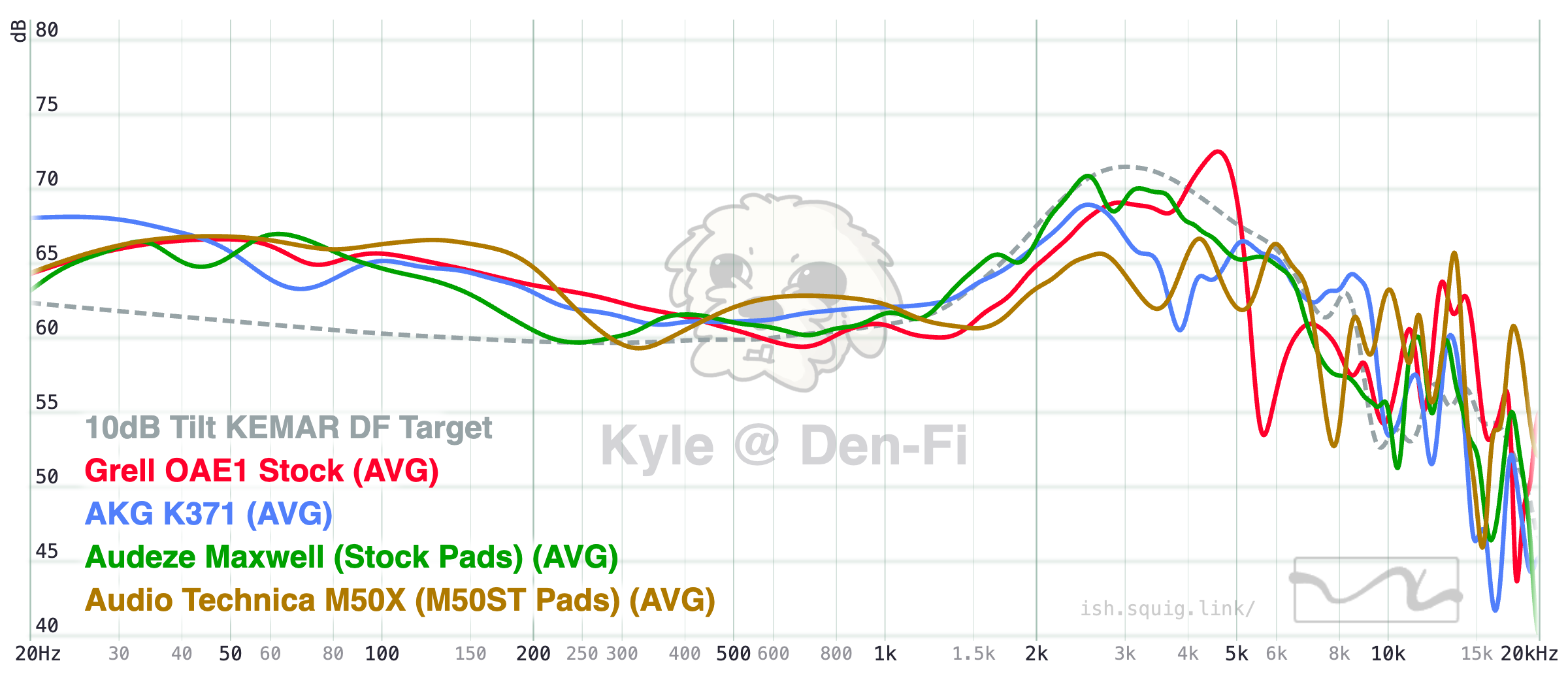
This would be fine, and even an awesome selling point if the bass were clean and textured, but it pretty much sounds like the OAE-1 is forcing a driver to produce more bass than it was made to play back. Frankly, it reminds me of a mildly cleaner version of the kind of speakers I’d usually hear at an EDM venue—the elevated upper bass especially brings this to mind.
Midrange
The midrange isn’t much better, though I feel this largely is the fault of the bass elevation. Vocals sound overly thick to the point that they sound congested. Lower register instruments have a sense of thickness that sounds almost out of tune at times. The 5kHz behavior measured is in fact not only audible, but has a discrete LC circuit in the cup to tame it. This 5kHz elevation adds a screechy character to higher-pitched vocals and instruments. While this peak does sound noticeably tamed compared to other versions I’ve heard at CanJams for the past two years, it’s still quite noticeable.
Treble
The treble is actually an area I find the OAE-1 to be weakest. The treble hole is audible, and since I don’t perceive the soundstage to be anything more impressive than a $15 Koss KSC75, the treble hole mostly serves to allow the upper treble to scream at me. So, to be blunt, it sounds like a mess to me. But it sounded like a mess to me in a specific way, kind of in the vein of another headphone brand that does novel things with driver placement to affect soundstage perception: Ultrasone.
By placing the driver offset from the center, the theory is that the driver is focused on the outer ear, which then reflects into the ear canal in a more “natural” way than traditional headphones. Axel Grell’s reasoning from his comment is not incongruent with Ultrasone’s reasoning:
“The second thing that makes the OAE1 different is the inclusion of the ear-related transfer function (ERTF). In music production, it is assumed that the first wavefront hits our ear from an angle of 30° or 330° (positioning of the monitor speakers). With the HD 600, the angle of incidence is more like 90° or 270°. The transfer functions from these angles are extremely different.”
Soundstage
As Griffin has written, soundstage is going to be heavily dependent from person to person, and I’m unlucky enough to not be able to really perceive soundstage in a headphone. So I’m left with none of the supposed benefits and unfortunately only hear negatives.
Comparisons
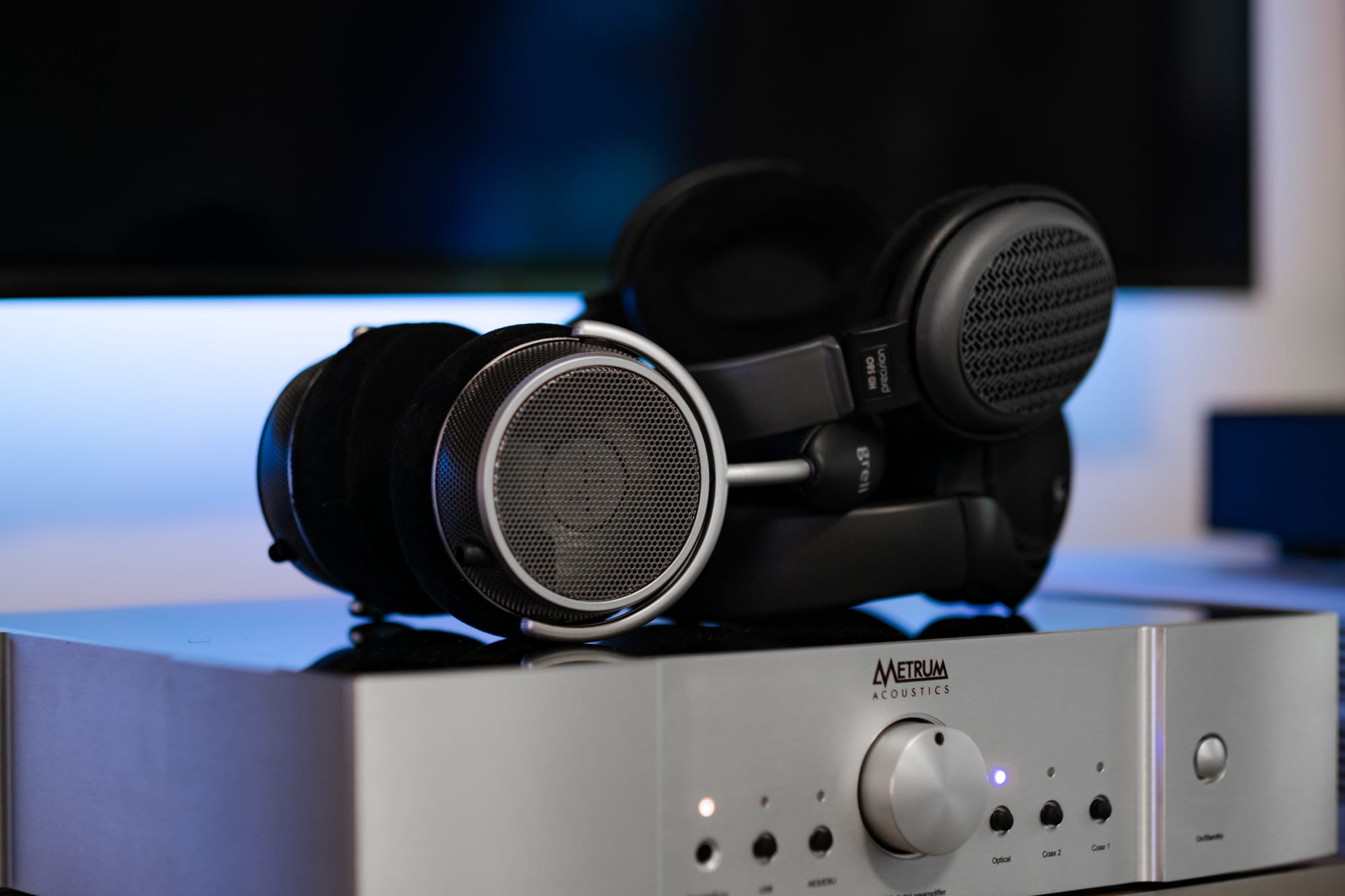
It seemed natural to compare the OAE-1 to one of Axel's most revered products: the HD580. But I'm going to avoid being self-indulgent and say, like Axel himself said, they aren't really meant to be compared. The measurements themselves speak to this:
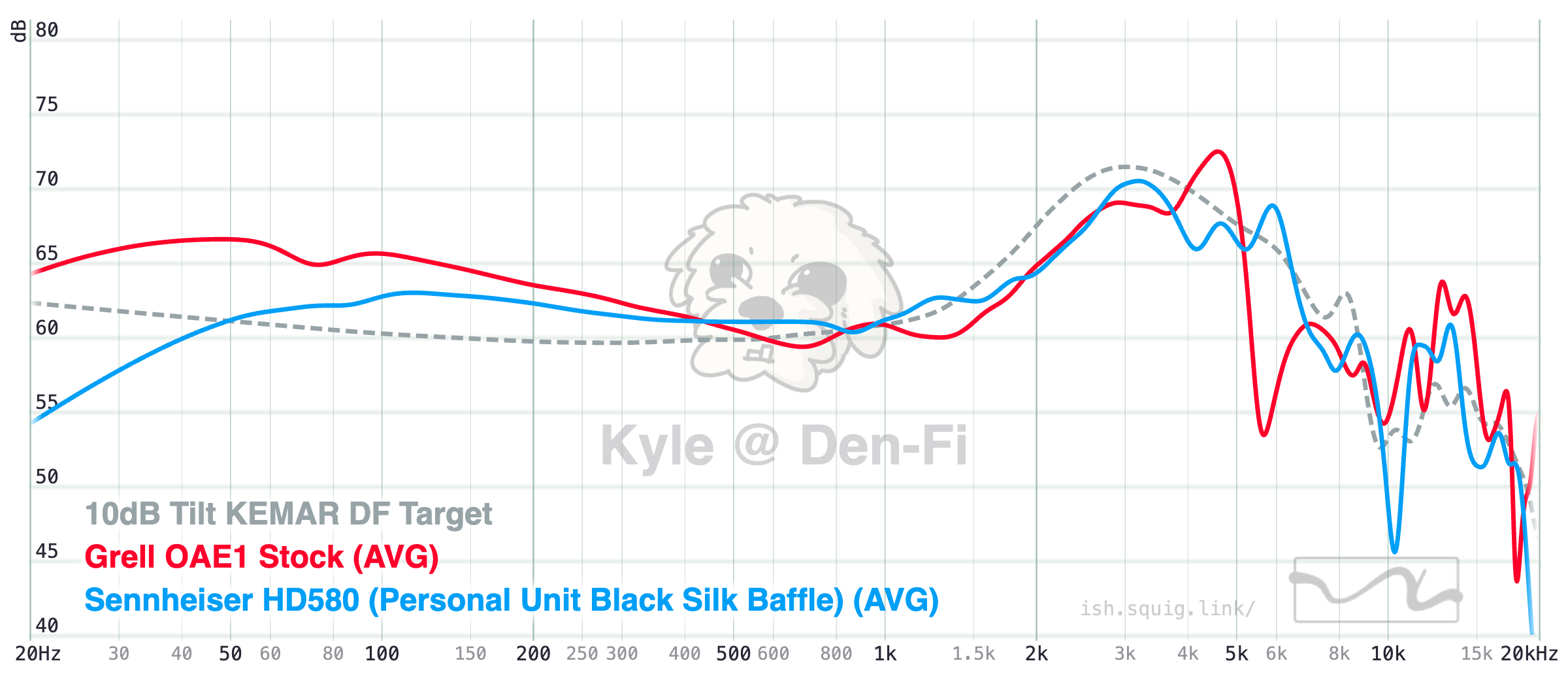
Clearly, the goal of the OAE-1 isn't to make a "better" HD580, so it makes little sense to compare the OAE-1 to not only the HD580, but the HD560S as well:
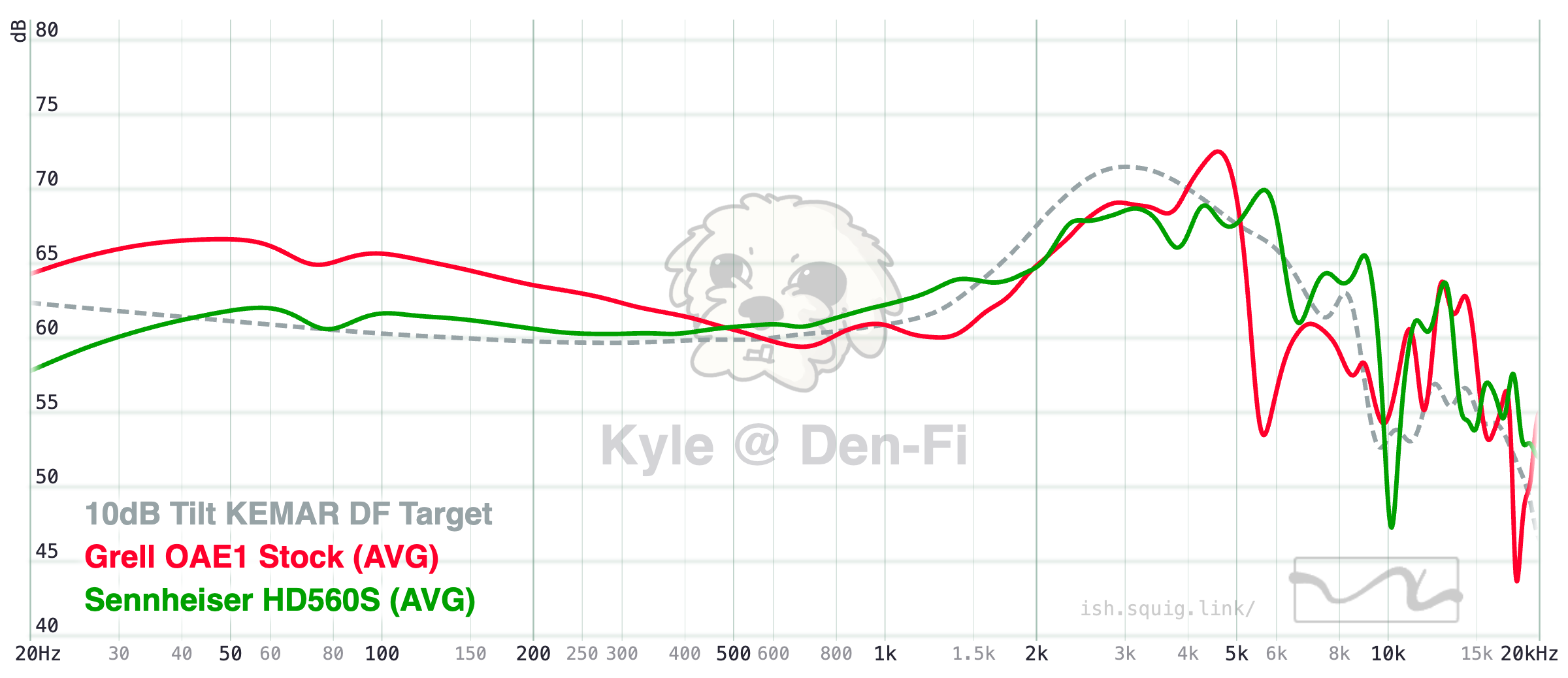
Instead, I want to bolster my hypothesis from earlier in the review by showing why I believe the OAE-1 and Ultrasones have more in common than not:
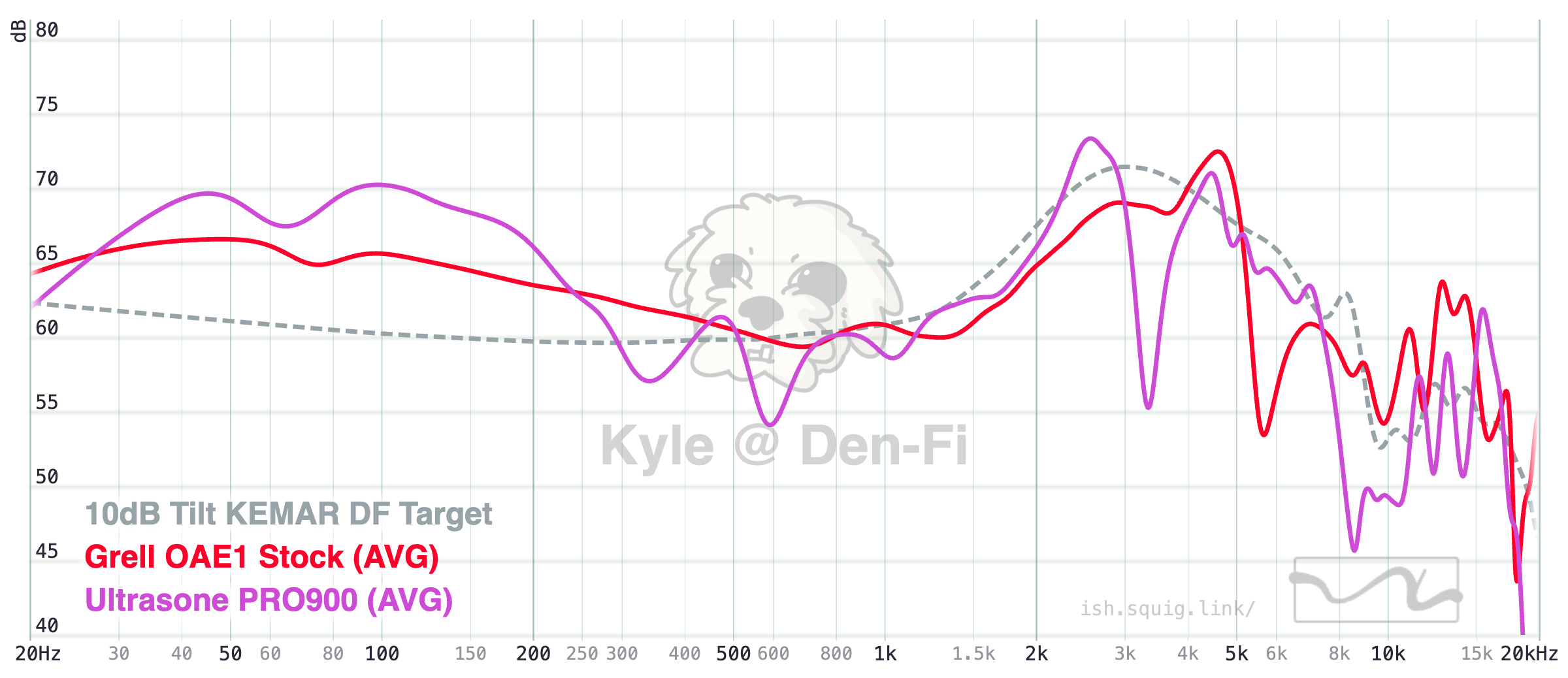
Both the OAE-1 and the PRO900 mount their drivers in unconventional ways. The OAE-1 positions the driver in an extreme angle to, in theory, simulate how forward-facing sounds hit your outer ear first. The PRO900 places its driver off-center to target the outer ear rather than the ear canal. Both headphones result in a rather substantial dip in lower treble that, while incredibly variant on different heads, is both audible on my particular head (possibly one reason why I've never thought Ultrasones were the treble monsters I've seen many others say they are), and are shown on my KB50X clone measurement rig. Though I don't think these headphones are two sides of the same coin, I do believe this can be a big factor in why the OAE-1 resonates strongly with some people and sounds dreadful to others—Ultrasone has gone through the same exact thing.
Conclusion
While this review has largely been critical of how I perceive the sound of the OAE-1 to be, I do respect that something unique has been attempted with the OAE-1. Unfortunately, I find the OAE-1 to remind me much more of a gaming headset in terms of sound than a headphone for critical listening.
In a sense, the OAE-1 does technically replicate the feeling of being at a concert, just not any kind of concert I attend for sound quality. And yes, I made sure I plugged the cables in correctly.
Comments?
Leave us your opinion.